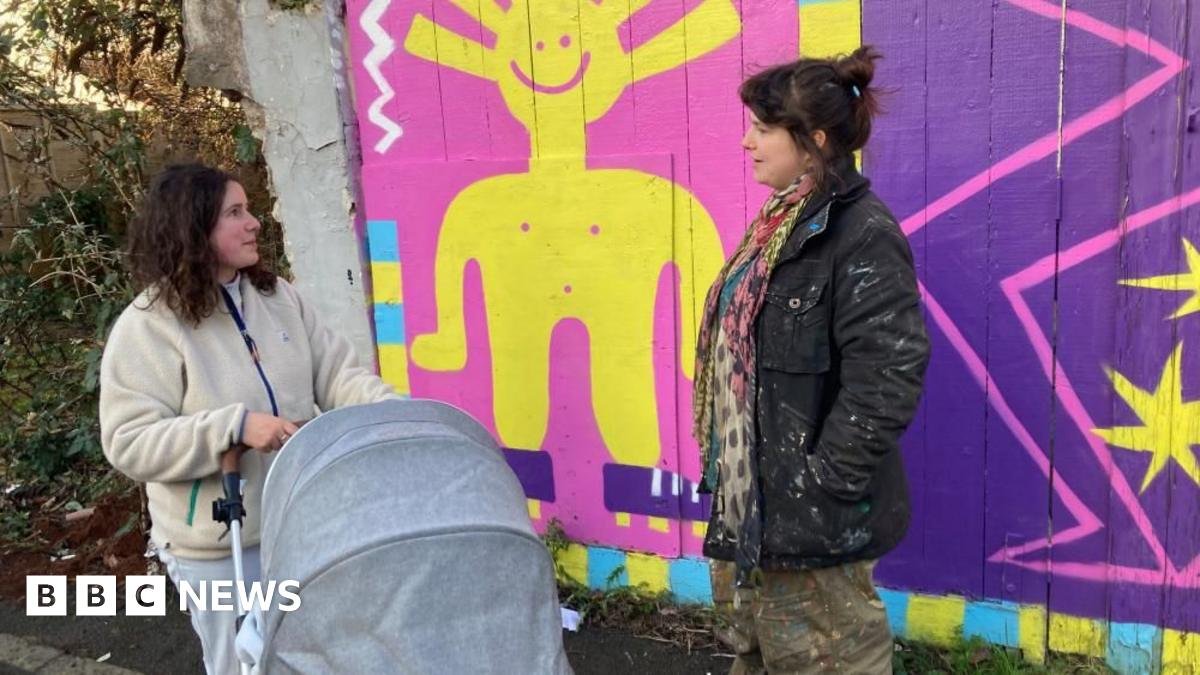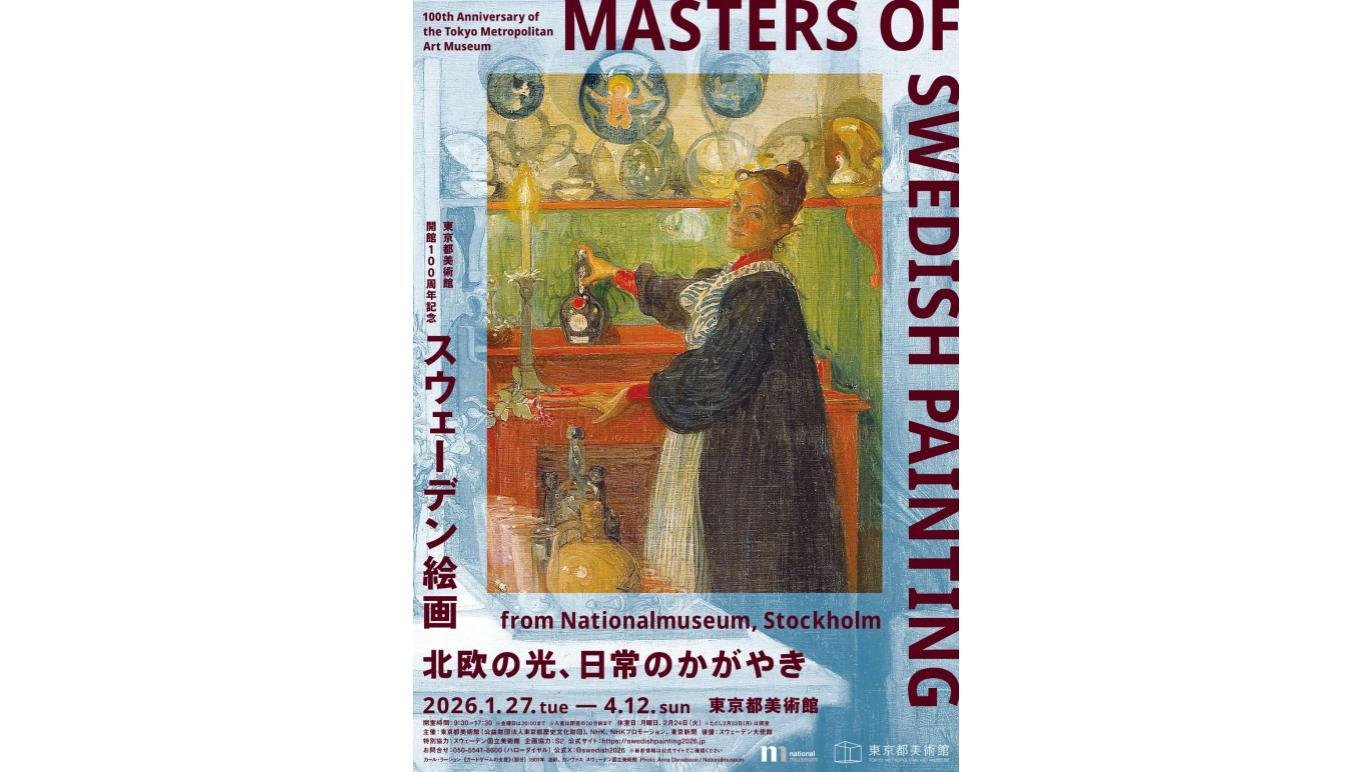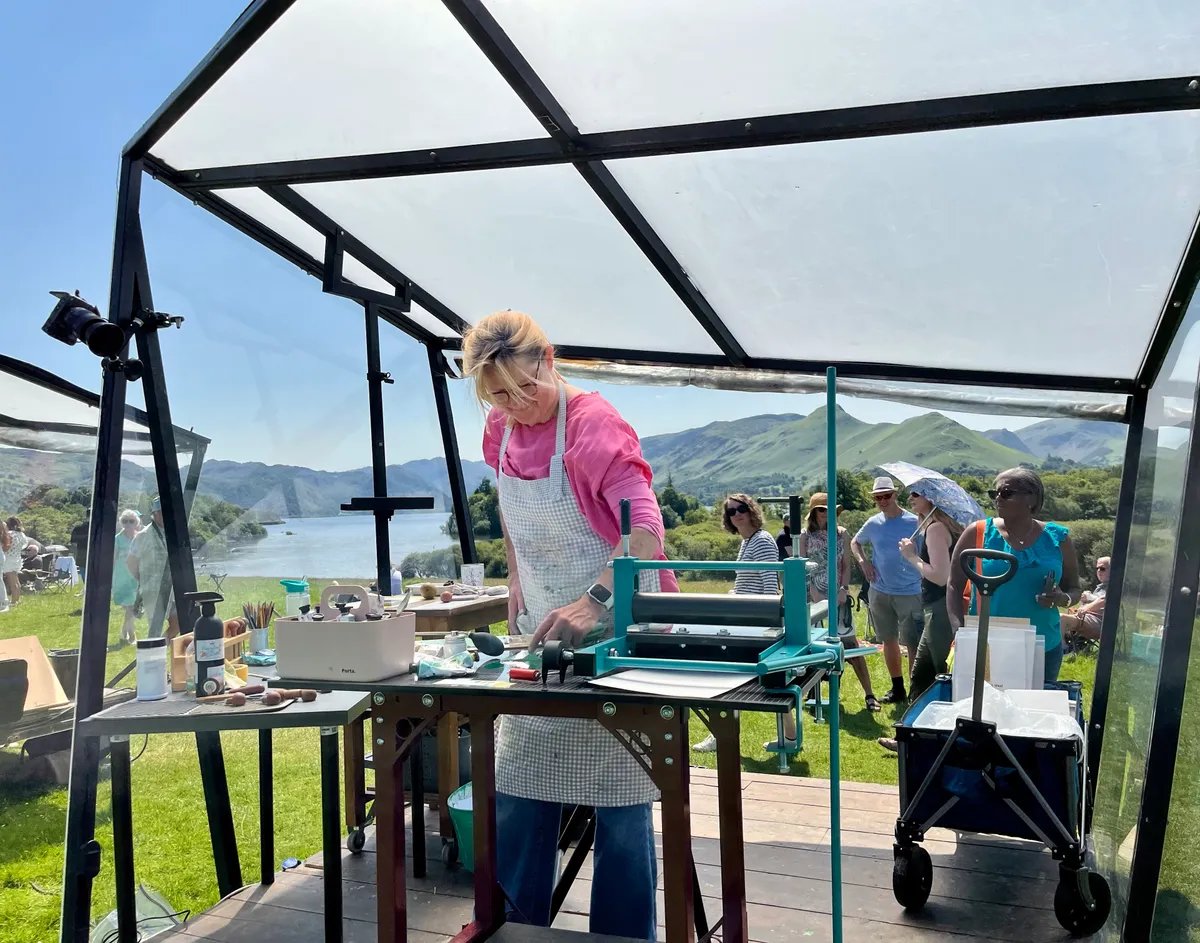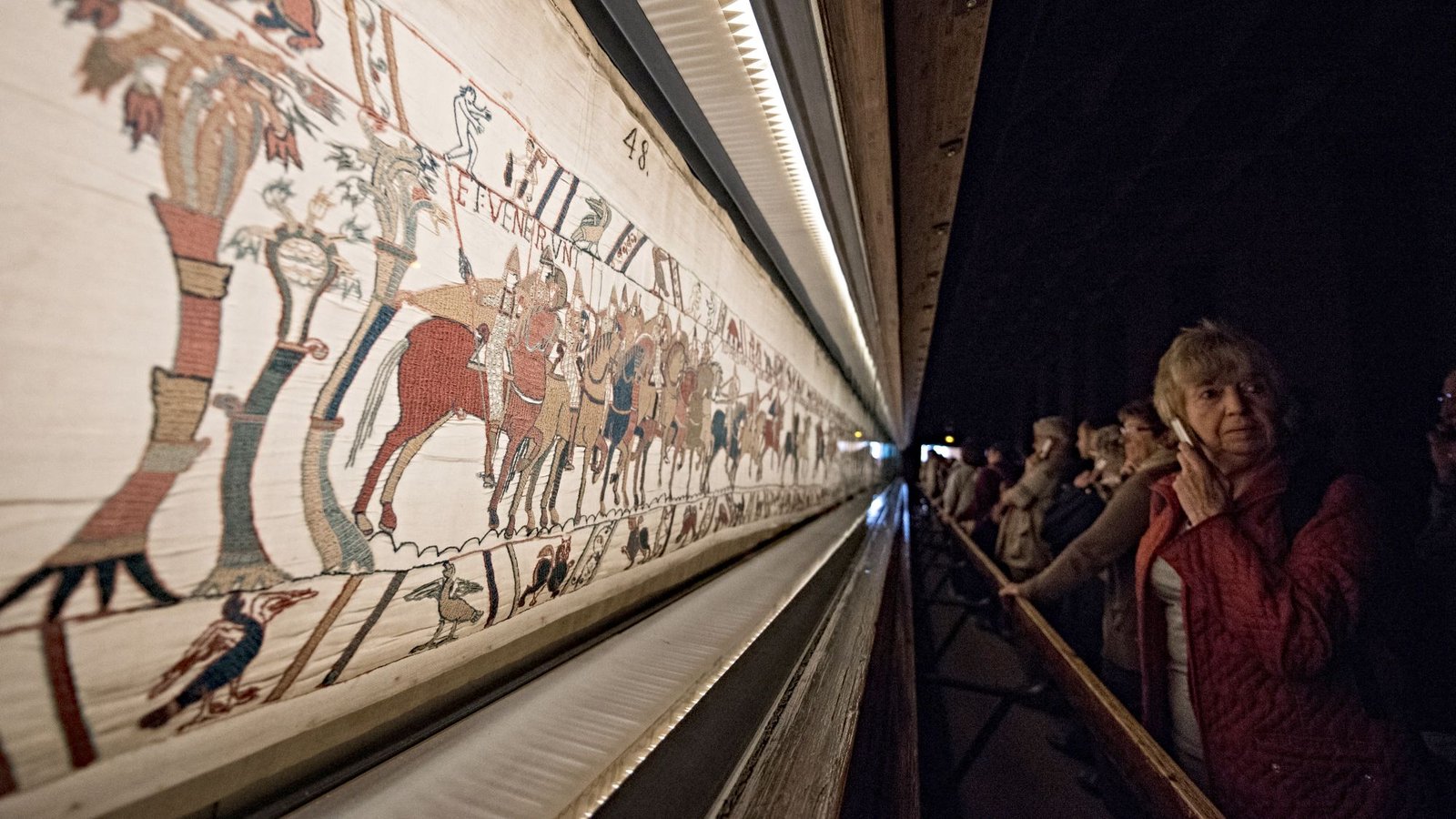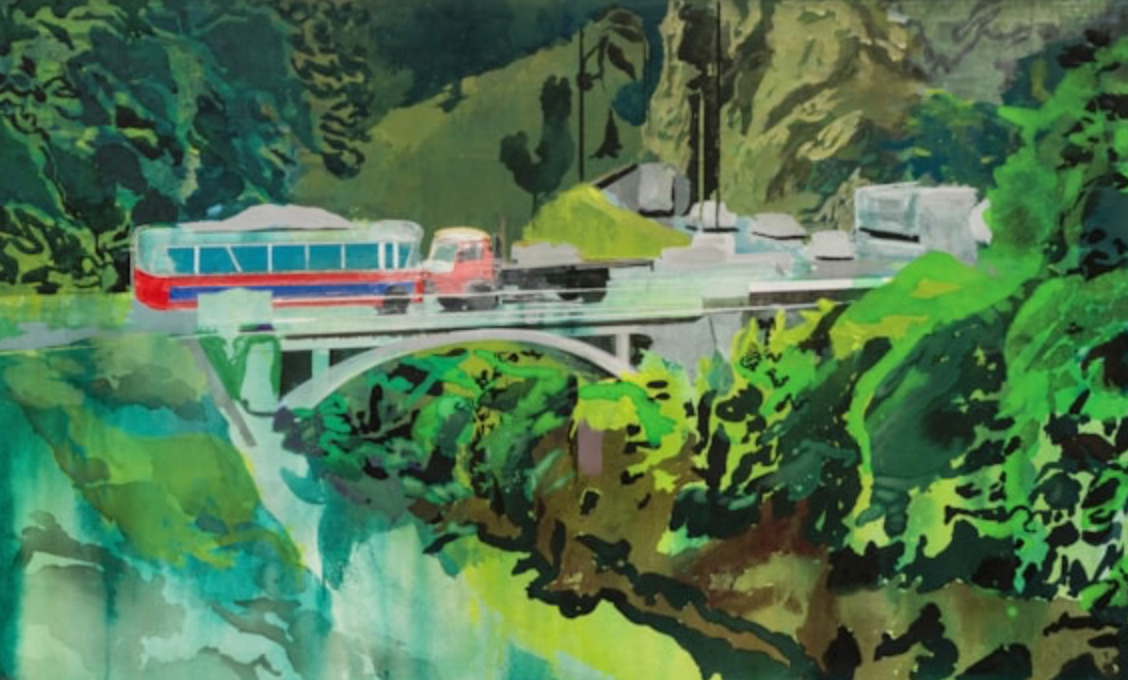Not only one of the finest and most popular artists, the former Carlton Grammar schoolboy, Bradford Art College student and pub steward possesses a fund of knowledge about the city’s history and is steeped in its traditions.

“There are not many old streets I don’t know or haven’t painted,” he laughs. “I tend to remember them as they were – not as they have become, if they’ve survived at all.”
The Dudley Hill area where he grew up, and attended Lorne Street Junior School, is dear to his heart. He remembers the open spaces around Wakefield Road, playing in the wartime Lancaster Bombers waiting to be melted down at Hepworth and Grandage. Even as a four-year-old he was painting local scenes after his mother bought his first box of oil paints.
“This Bradford was taken away from me aged 12 when so much was demolished to make way for the new ring road and other developments,” he says, regretfully. Indeed, the double-fronted terrace house his family lived in, 2 Lister Avenue, the childhood home of William Morrison, was compulsory-purchased.
“I suppose in later years I did my best as an artist to make up for my sense of loss.” Clearly it’s places like Sheridan Street and Paley Road where the inspiration comes for his most popular paintings, an ongoing series of Northern Streets, many hundreds covering much of the West Riding.
“Cobbles come alive when they glisten!” he says, a matching gleam in his eyes. “They’re just magical.” Refreshed after rain, the stone-setts in his paintings are honey-glazed, so lifelike you could be standing on them.

His father, Brian, became licensee of the George & Dragon, Great Horton, soon after Stuart joined the old Carlton Grammar (in the heart of Bradford on Manor Row).
Interestingly, his ancestors once owned Low House Brewery, Clayton, and this had been one of their pubs. “I grew to love the nearby streets, the yards and alleys, there were even more here, extending across to Little Horton – what’s more they weren’t being pulled down!”
After a foundation course at Bradford Art College, Stuart studied at Exeter College of Art before returning to work behind the bar of his father’s new pub, The Queen’s, Daisy Hill. He painted in his spare time, determinedly turning his back on the modernism and pop art that dominated the art world at that time.
“I simply painted for personal pleasure,” he says, when I recall the brilliant portraits of the locals, which adorned the pub’s walls. “Coming back after three years away, I was in a mood to rediscover my Bradford, its places and people, and I wandered around taking photographs of beautiful old buildings before they were pulled down.”

His first big exhibition, Bradford, Places and Faces, in the Central Library, in 1978, was a moving homage to his city.
“I painted what I knew from experience, in my immediate environment. I was creating a record of a disappearing world.”
The following year he became a household name in the catchment area of Yorkshire Television, who awarded him their coveted Fine Arts Fellowship, allowing him to take acclaimed exhibitions round the county.
Exhibitions came thick and fast, including one universally admired for capturing Emmerdale stars to the very life. The T&A’s John Hewitt reported spellbound people queuing round Lister Park to admire the first Wet Street Exhibition in Cartwright Hall. He even drew comparison with the celebrated American realist, Edward Hopper.
This signalled a move from portraiture to the sort of nostalgic urban realism which made Stuart a nationally famous, professional artist able to provide for his wife and children, now living in Quarry Street, Heaton – cobbled, naturally!
His wet street scenes take us back in time while capturing beauty in reality. You seem to step into them, taste the wholesome freshness that air briefly has after a downpour, very welcome when skies were a smoke-filled grey. Nobody else creates this effect so stunningly.

“It’s true, they are what I’m known for, even though I paint in other styles, and they’ve kept me alive – and still sell best as originals and prints,” he says.
Stuart’s most popular scene is Albert Terrace’s perfectly preserved Victorian street in Saltaire, which he always captures with a faithful photo-realism. “I must have painted every yard of it dozens of times and it’s the one people come up to me to talk about.”
In 2020 Stuart moved to Scarborough to open the Dorothy Rowan Gallery, named after his mother, but makes frequent visits to Bradford in search of inspiration.
“Professionally, I like it best when it’s raining!” he adds with a twinkle. “The streets sparkle!”
* Andrew Liddle’s next artist profile will be Andrew Storrie, who grew up in Bingley.


